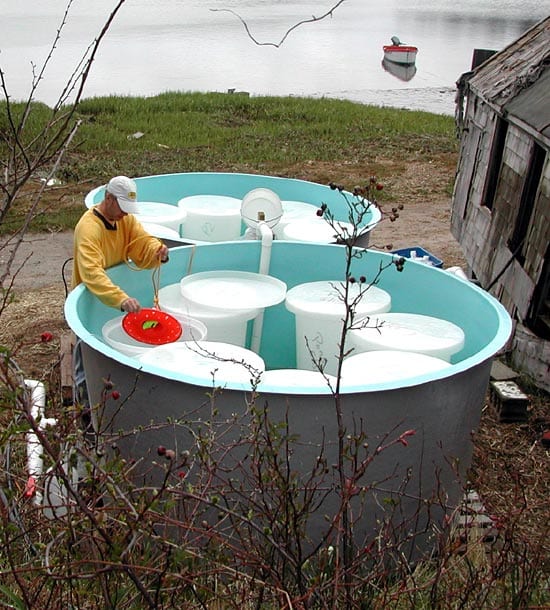Insights into Harmful Algal Blooms
July 1, 2004
WHOI scientists have been sampling a coastal pond as part of a study of the effects of nutrients on toxic micro-algae that frequently contaminate shellfish in the pond and nearby marsh system with potent neurotoxins. The methods and approaches used in Salt Pond in Eastham, MA, can be applied to other HAB species and HAB poisoning syndromes in other parts of the US and the world where paralytic shellfish poisoning (PSP) occurs. Funded by the NOAA Center for Sponsored Coastal Ocean Research (CSCOR), the study is focusing on the effects of nitrogen, phosphorus and other nutrients on the toxins produced by the algae, and their quantities. When phosphorus becomes unavailable, for example, the cells can be nearly 10 times more toxic than when nitrogen is scarce. These data are of great interest to resource managers and local officials, since policy decisions about septic systems and general pollution control can directly affect shellfish toxicity, and thus the recreational and commercial harvests in the Nauset system. Outbreaks of PSP have become much more frequent in Salt Pond over the last decade, and changes in nutrient loading through pollution may be one explanation. For more information go to: https://hab.whoi.edu/.

